
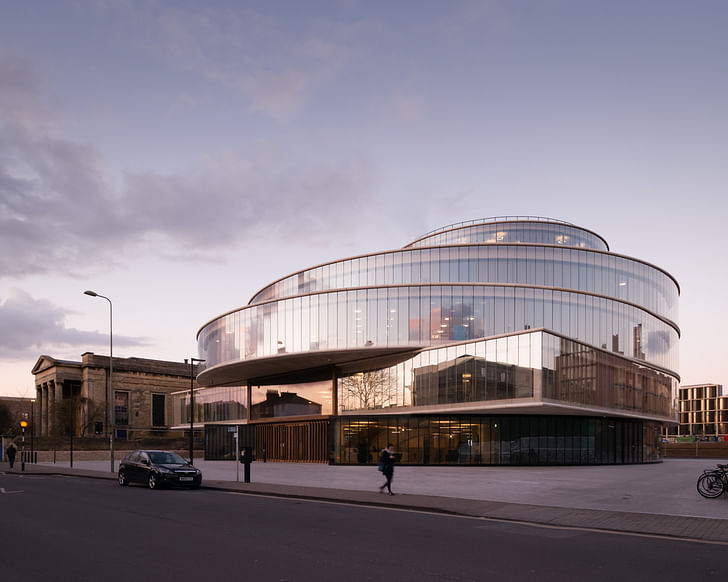
In Focus is Archinect's series of features dedicated to profiling the photographers who help make the work of architects look that much better. What has attracted them to architecture? How do they work? What type of equipment do they use? What do they think about seeing their work in blogs?
In this feature, we talk to Brighton-based photographer Jim Stephenson.
You're a trained architect. Tell us where you studied architecture.
I studied BSc Architectural Technology at Brighton University. At the time (about 16 or 17 years ago), it was a very new course that was designed to bridge a gap between architect and engineer. This appealed to me a lot since my passion was architecture, but I grew up with a civil engineer as a father! In practice, after graduating, I was doing the same role as a Part II or III graduate. Lots of detailing, initially some door and window schedules, then more design work, with a technical edge, and eventually running a few jobs. I enjoyed detailing the most, working with a senior architect who had done the overall design, and figuring out ways to build it that kept as much of that together as possible.
Where did your interest in architecture originate? What drove you to actually get into architecture as a profession?
I’m not sure I ever thought of anything else. Maybe I once wanted to be a footballer. Or more specifically, I wanted to be Kenny Dalglish. Dad worked from home, so there was always a drawing board and lots of trace around the house. And Rotring pens being cleaned in the kitchen sink. That must have had a significant influence on me, although coming from an engineering background, he had a natural distrust of architects, so maybe going into architecture was my one act of small rebellion.

How did you end up in photography? Was the switch intentional?
I think it was about six years ago. I’d left a smaller local practice to join a higher profile studio, but it was right at the beginning of the recession. Within a year or so, we had had three rounds of redundancies, and I left with the third round. Most of my roles were on the later stages of work—production information and things like that—and since nothing was being built, there wasn’t really any need for me. For six months, I did some freelance work on smaller local jobs (house extensions and loft conversions mostly) and more and more photography, before returning to my old job once things had picked up a bit in the industry. By then though, I’d enjoyed my taste of running my own work, so I dropped to part time and a couple of months later, left entirely to pursue photography. I’d also become quite disillusioned with working ‘in’ architecture—I’d lost the enthusiasm to argue with planners, or see bits of the design I’d worked on being value engineered out.
Describe your current field of work. How do you typically get commissions?
For the last six years or so, I’ve moved into architectural photography. I travel around taking photographs of other people’s buildings, trying to find ways to represent the intent of the designer, how the building is used and the feeling you get when you are there, in photographs. Which isn’t easy! Most of my commissions come directly from architects and designers, occasionally from magazines and sometimes I will photograph a building on spec if it’s in the area I’m visiting on another commission, and I think I’ll enjoy it.
I also create short films and documentaries about architecture and design as well, working with a filmmaker friend of mine, Edward Bishop.

What is your goal when capturing buildings in photographs?
Doesn’t “capturing buldings” sound so dramatic!? Like I’m a Bond villain, stealing the world’s landmarks! Anyway, yes, when I’m photographing buildings, there’s a series of themes and elements I’m trying to show, sometimes individually and sometimes a few in one image.
The architect’s intent is always important. I like to talk with the designer beforehand to get an idea of the ways in which they wanted their work to be considered, interacted with and used. I am trying to translate that into a photograph, which can be difficult as sometimes those intents can be quite abstract. Of course, sometimes (quite often in fact), the public will use the structure or building in ways no-one could have expected! I enjoy trying to show that too. People are very important to my work, so I’m trying to show that human interaction with structure and space.
The architect’s intent is always important. I like to talk with the designer beforehand to get an idea of the ways in which they wanted their work to be considered, interacted with and used.
There’s other things too, like the texture and make up of the materials and how they meet each other. The play of light and shadow and the context. With every work of great architecture, there’s at least one moment of joy. Those moments can be down to something simple like a beautiful detail, or something more dramatic. It could be a tactile material choice, a beautiful relationship to context or a space that improves lives. Those moments of joy are what I’m trying to get across, in some small way.
In essence, a photograph can never quite live up to the feeling of actually experiencing these buildings in person, but I’m trying to find some way to provide a teaser to what you might expect. A temptation that might encourage the viewer to visit, or at least relate to them some of the key intents and best moments.
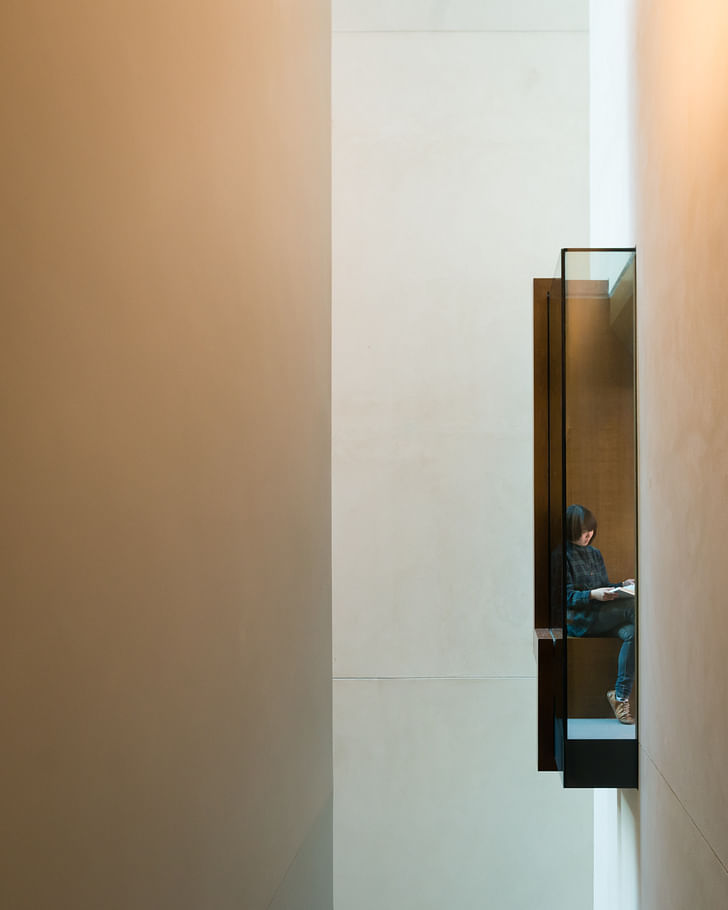
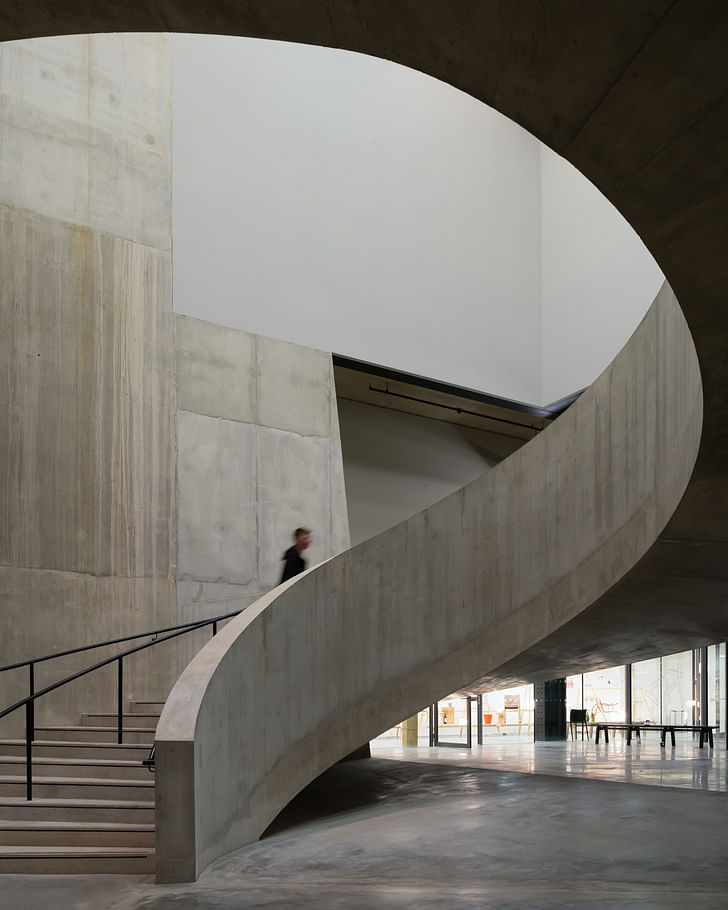
Do you mostly work in a specific region? What is your travel schedule like?
I live in Brighton on the South coast of England. It’s only an hour to London, so most of my work is in and around London. That said, the beauty of this job is that it allows me to travel. I’ve been all over the world this year. I’d say on average this year, I’ve done at least one shoot a month that is out of the UK. As I write this, I’m on the Eurostar to Ghent.
For some reason, I’ve spent a lot of time in Oxford and Manchester this year photographing buildings, too. There seems to have been a lot of interesting things happening there lately.

What are your thoughts about including people in your photos? Is it important to photograph a building in use, or by itself?
I think this differs a great deal from photographer to photographer (and architect to architect). Personally, I prefer to have people in my photographs of architecture, using the space in one way or another. When I used to work in architecture practices, all the design work we did was aimed at improving the life of people—form and function. We designed to human scale, with the plan aimed at navigation and materials to be tactile, to be touched, so when I switched to photography, it didn’t make sense to forget all that human interaction.
That isn’t to say that all images have to have people in them. When I’m photographing a building, I’m usually thinking about the series of images I’m creating, rather than an individual image. I’m looking to create a photo essay that can be run as a story or feature on websites or in magazines. Depending on the building, around two-thirds of the pictures might depict people using the space and the rest might have no people in, but show interesting details, abstract compositions or moments of light and shadow.
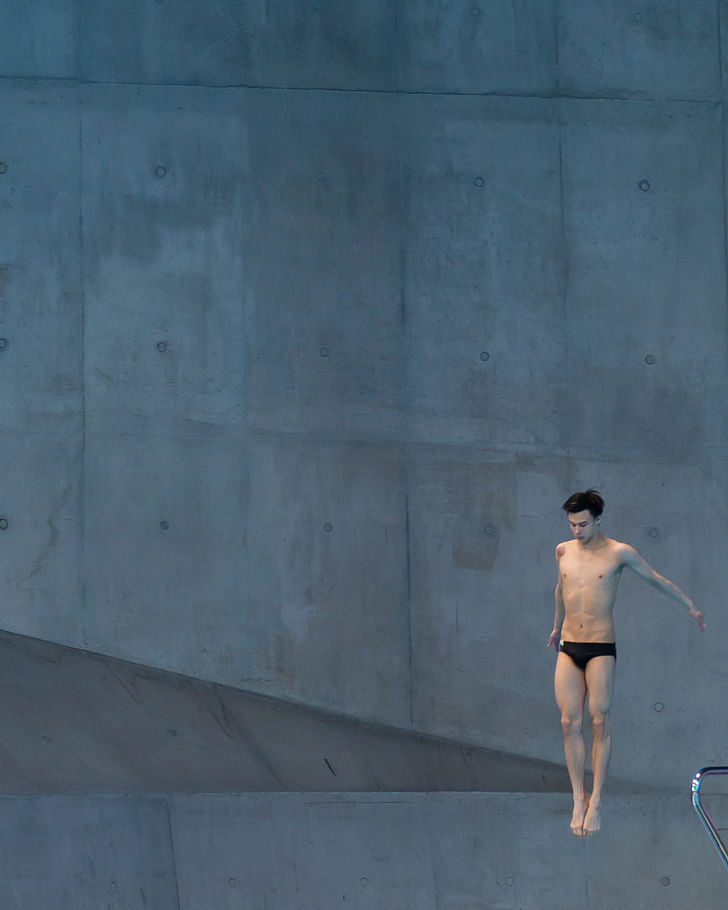
What are your favourite pieces of equipment?
I have a high-vis jacket that serves as an access-all-areas pass. That’s pretty handy.
Do you work alone?
Generally, yes. If I’m just doing photographs, I tend to work alone and do all the editing myself as this is part of the whole process. That said, I do think to some degree that every shoot is a collaboration with the designer, so I guess I’m not entirely working alone. When I work abroad, depending on the client, I often have a fixer or a local assistant to help with getting around, access, permissions, etc. etc. That allows me to just concentrate on taking photos.
I have a high-vis jacket that serves as an access-all-areas pass. That’s pretty handy.
When I’m working on the short architectural films we do, I work alongside a filmmaker friend of mine, Edward Bishop. His background is in music and commercial video and mine is in architecture and photography, so we combine our knowledge. On films, we’ll also quite often have an assistant with us to help carry equipment around and work on the sound, and we often work with Gabriel Gane who is an excellent young editor. Whereas photography lends itself to working alone, I think filmmaking is quite the opposite and requires a range of skills, so it lends itself to collaboration a lot more. I don’t think I prefer either way of working, but I do like to try and keep a pretty even balance.
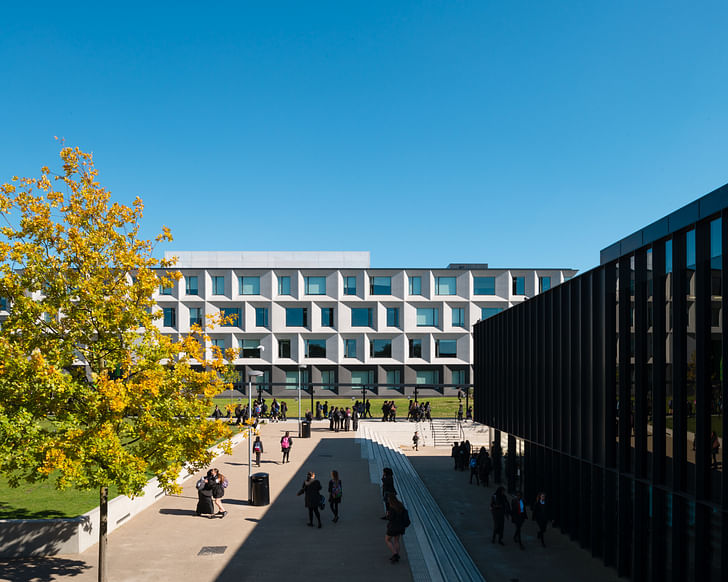
Looking back, what skills—be it from architecture school or your years as a practicing architect—do you value the most in your day-to-day operations as an architectural photographer?
I think the most practical skill is being able to converse meaningfully about a piece of architecture with the architect or designer. My degree, and probably more significantly the work I did in architecture practices, means I can talk to some degree about influence, concept, intent, materials, the plan, elevational treatment, materials and some of the technical aspects. This is very useful at the briefing stage.
I think it also probably changes how I look at buildings as well. Maybe it’s helped me see different compositions and details. Or at least see those compositions and details in a different way.

Ever thought about leaving photography for architecture practice again?
No, not at all. I really love what I do! I occasionally miss sketching, but I can do that anytime. I think my career working in architecture practices had come to a pretty natural end. As I mentioned, I’d lost the enthusiasm I had which meant that I didn’t have the drive anymore to push planners and clients further. I think that’s really critical, in the UK at least. It’s a shame, but so many of the great buildings built in the last ten or twenty years here have been designed and built with some degree of friction present along the way, whether it be having to convince the planners on something they’re unsure about or trying to find the balance between falling over backwards for the client and instilling some of your own ideas into a project. The good architects know which battles to fight and have the drive and determination to see it through.
With photography, I’m able to spend my time in the company of some truly beautiful buildings. All my enthusiasm and drive is now derived from that—I get very excited when I arrive at a new job and it’s a beautiful work of architecture. It’s a real honour to do that for a living.
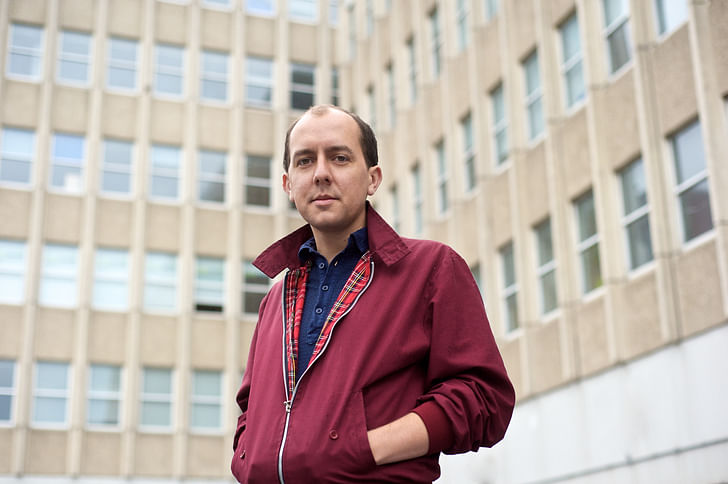
Jim Stephenson — Bio:
Jim trained as an architectural technologist and worked in the industry for nearly ten years. Since then, he has been working as a photography full time documenting buildings and spaces as well as running Miniclick Photography Talks, Design Brighton and the Threshold Archtecture hub. In addition he co-produces the web series Lightbulb.
His work has been publicised in The Sunday Times; The Guardian; The Observer; The Evening Standard; The New York Times; The Financial Times among others and his clients include Allies & Morrison; Studio Weave; Grimshaw Architects; Sou Fujimoto Architects; FAT and Ordinary Architecture; Rick Mather Architects; Conran & Partners; KSS, Squire & Partners; Carl Turner Architects; Fielden Clegg Bradley Studios; Skidmore, Owings & Merrill; NORD; Heneghan Peng Architects; Nicholas Hare Architects; M&C Saatchi and many more.
See more of his work on his website.
Ellen Hancock studied Fine Art and History of Art at The University of Leeds and Sculpture at Mimar Sinan Fine Arts University in Istanbul.Now based in London she has a keen interest in travel, literature, interactive art and social architecture.
No Comments
Block this user
Are you sure you want to block this user and hide all related comments throughout the site?
Archinect
This is your first comment on Archinect. Your comment will be visible once approved.